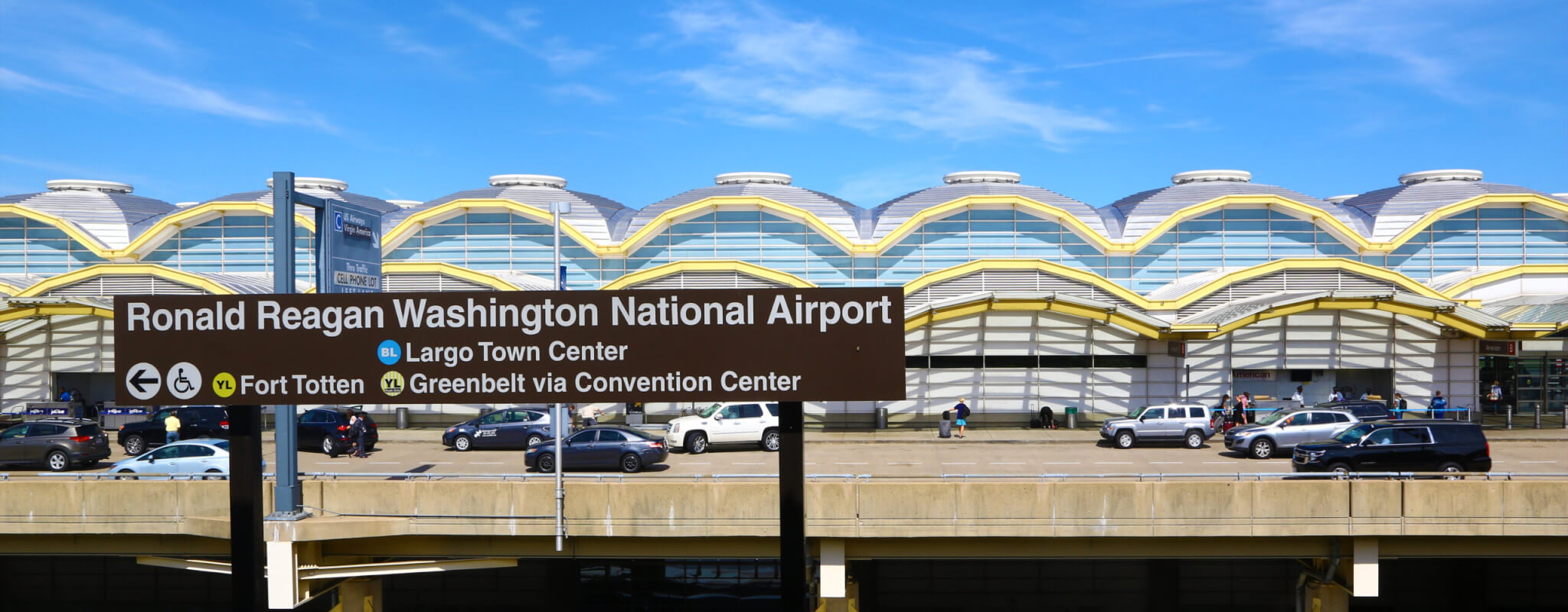By: Brian Johnson

The tragic mid-air collision near Ronald Reagan Washington National Airport is a stark reminder that in aviation, risk factors do not simply add up—they multiply. When multiple variables come into play, the probability of an accident doesn’t just increase linearly; it escalates exponentially. This is exactly what happened in this case, where FAA procedural issues, tower controllers being lax, a helicopter pilot potentially operating outside of authorized airspace, and long-standing safety concerns that were ignored all combined to create a perfect storm of risk.
The Incident: A Case Study in Compounding Risk
On January 29, 2025, an American Eagle passenger jet collided with a U.S. Army Black Hawk helicopter over the Potomac River, leading to the deaths of all 67 passengers and crew members on both aircraft. According to initial reports, the helicopter was participating in a classified continuity-of-government training mission and may have been flying above its authorized altitude.
Reagan National Airport, located in a congested airspace near the nation’s capital, has a history of close calls. Since 1987, the FAA has recorded at least 30 near mid-air collisions at the airport, highlighting the ongoing challenges of safely managing air traffic in this complex environment.
In this accident, at least three significant risk factors converged:
- FAA Issues and Airspace Complexity– The airspace around Reagan National is among the most restricted and complicated in the country. Aircraft must follow tightly controlled flight paths due to its proximity to the White House, Pentagon, and other government buildings. Any deviation can create a hazardous situation.
- Tower Controller Lapses– Early reports suggest that air traffic controllers may not have effectively managed the separation between the two aircraft. In a busy airspace, even a minor lapse in communication can lead to disaster.
- Pilot Situational Awareness– The Black Hawk pilot’s potential altitude deviation placed the helicopter in conflict with a busy civilian air corridor. Whether due to miscommunication, misunderstanding, or distraction, this single misstep became one of the crucial links in the accident chain.
- FAA Negligence in Addressing Helicopter Route Complaints– For years, pilots and safety advocates have raised concerns about helicopter operations around Reagan National, warning that the current routing system was unsafe and that there were too many close calls. The FAA was repeatedly made aware of these risks but failed to take meaningful corrective action. This failure to act meant that an accident like this was not a matter of “if” but “when.”
Long-Standing FAA Inaction: A Predictable Disaster
For years, commercial and private pilots operating in and around Washington, D.C., have voiced concerns about the helicopter operations managed by the FAA. Reports indicate that multiple complaints were filed about:
- Helicopters flying too close to commercial flight paths.
- Air traffic controllers prioritizing fixed-wing aircraft at the expense of rotorcraft safety.
- Inefficient and outdated routing procedures that created unnecessary conflicts.
Despite these warnings, little was done. Instead of proactive changes, the FAA relied on outdated procedures and dismissed concerns—choosing to react to incidents rather than prevent them. This lack of response mirrors other well-documented FAA failures, where regulatory inaction has led to avoidable tragedies.
This particular crash is a textbook example of how ignored warnings can turn into catastrophe. It was not just one misstep, one oversight, or one procedural failure. It was years of neglected safety recommendations, complacency, and poor risk management—each of which compounded the dangers that ultimately led to this accident.
Why Aviation Risk Is Compounded, Not Just Added
From a training and operational standpoint, pilots are taught that each additional variable in a flight does not just increase the risk—it multiplies it. This principle is seen time and time again in accident analysis.
Consider these real-world examples:
- Controlled Flight Into Terrain (CFIT)– Studies have shown that CFIT accidents are rarely caused by a single mistake. Instead, they often result from a mix of poor visibility, pilot disorientation, navigation errors, and lack of proper instrument monitoring. If only one factor were present, the pilot might have had time to correct it. But as multiple issues compound, the window for recovery closes.
- The Tenerife Disaster (1977)– The deadliest aviation accident in history, involving two Boeing 747s, was caused by a combination of fog, communication breakdown, and one pilot’s premature takeoff. Each of these factors alone would have been manageable, but together, they led to catastrophe.
- The 2006 Comair Flight 5191 Crash– A regional jet mistakenly took off from a short, unlit runway at night, resulting in a fatal crash. Contributing factors included pilot fatigue, miscommunication with the tower, and a failure to cross-check runway signage. Again, a compounding effect rather than a single point of failure.
How This Applies to Training and Operational Safety
Pilots and controllers are trained to mitigate risk through strict adherence to procedures and checklists. However, even the best training cannot always account for the unpredictable ways multiple risk factors interact. That’s why aviation safety is built around redundancy:
- Checklists and Standard Operating Procedures (SOPs)exist to eliminate human error.
- Situational Awareness Trainingteaches pilots and air traffic controllers to anticipate cascading failures before they occur.
- CRM (Crew Resource Management)is specifically designed to counteract the dangerous effects of miscommunication and cognitive overload.
Yet, these safety measures rely on an aviation regulatory system that is proactive, not reactive. The FAA’s failure to address repeated concerns about helicopter operations near Reagan National is an example of what happens when oversight agencies do not prioritize known risks. The aviation industry must hold regulators accountable and demand changes before more lives are lost.
Final Takeaway: Breaking the Chain of Risk Before It’s Too Late
This accident at Reagan National is a sobering example of how multiple variables create a compounding effect in aviation accidents. It’s never just one issue—it’s a series of interconnected factors that lead to disaster. The takeaway for pilots, controllers, and aviation professionals is clear:
- Recognize that adding variables does not just add risk—it multiplies it.
- Stay vigilant in high-risk environments where multiple factors are in play.
- Never assume that a single mistake can be easily corrected—because when combined with others, it can quickly become fatal.
- Hold regulatory agencies accountable when safety concerns are ignored.
The aviation industry must use this tragedy as an opportunity to reinforce rigorous training, ensure tighter operational control, and demand better oversight from the FAA. Because in aviation, as history has proven time and time again, safety is not just about avoiding individual mistakes—it’s about preventing the compounding effect of multiple risks aligning at the wrong moment. This was not just an accident—it was a predictable and preventable failure that cost lives.

